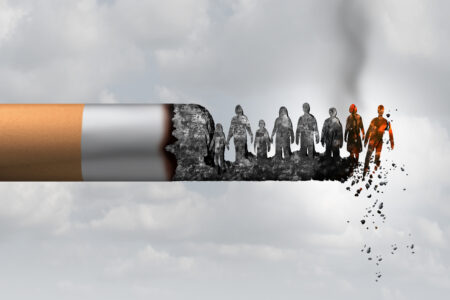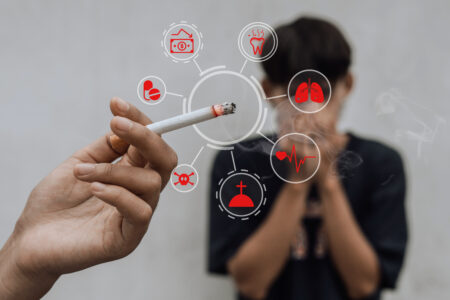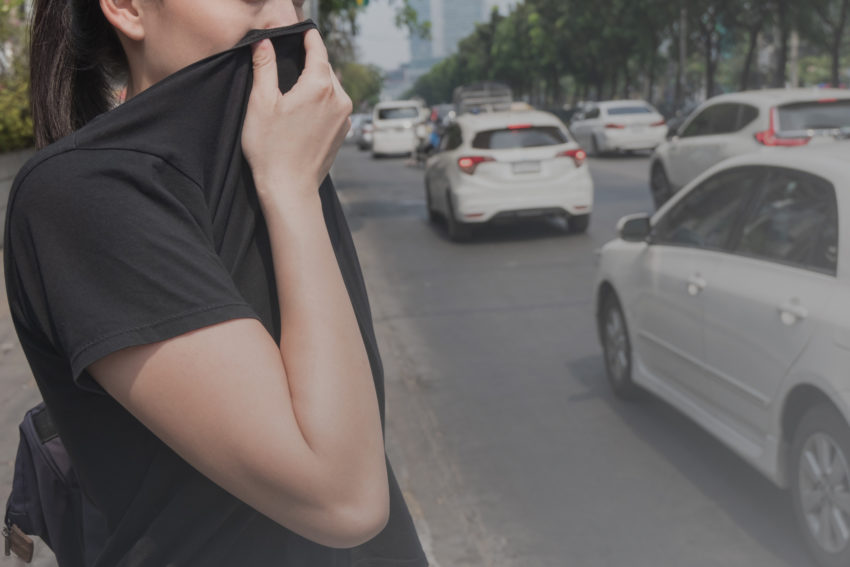
Share On Social!
Latinos suffer from toxic pollution in the air at higher rates than their white peers, and it can lead to many harmful side effects.
University of Colorado Boulder researchers just added another side effect to that list: Childhood obesity in those whose mothers were exposed to air pollution during pregnancy.
Study authors say their findings reveal air pollution’s disproportionate impact on communities of color — the same communities that suffer a lack of access to healthy food and barriers to safe places for physical activity, which contribute to America’s obesity epidemic.
“Higher rates of obesity among certain groups in our society are not simply a byproduct of personal choices like exercise and calories in, calories out. It’s more complicated than that,” said senior author Tanya Alderete, an assistant professor in the university’s Department of Integrative Physiology. “This study and others suggest it can also relate to how much of an environmental burden one carries.”
How Does Air Pollution Effect Childhood Obesity in Latinos?
Expecting mothers who experienced air pollution exposure had babies who grew at an “unusually fast” rate in their first months.
This growth resulted in these babies to develop excess fat that puts them at risk of obesity and related diseases later in life, according to the Colorado study.
This study and others, which focused on Latino mothers and children, suggest that poor air quality may contribute to the nation’s obesity epidemic — especially among people of color who tend to live in places with more exposure to toxic pollutants.
A State of Childhood Obesity report from the Robert Wood Johnson Foundation showed that children of color are experiencing notably high rates of obesity.
Here are some of the study’s key findings:
- One of seven children have obesity. One of five children of color have obesity.
- Obesity rates were significantly higher for Latino (20.7%), Black (22.9%), American Indian/Alaska Native (28.5%), Native Hawaiian/Other Pacific Islander (39.8%) children as compared to white children (11.7%).
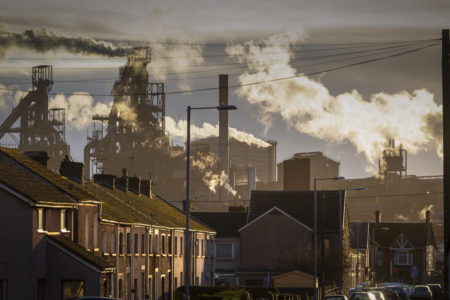
- Obesity rates also were higher for children in households making less than the federal poverty level (21.5%) than those in households making at least 400% of the federal poverty level (8.8%).
The Colorado data falls in line with other scientific findings.
For example, previous research has shown pregnant women who smoke can have smaller birth weight babies. In the first year of life, those babies’ bodies then can tend to gain weight unusually fast.
Accelerated weight gain in early life has been linked to diabetes, heart disease, and weight problems in childhood and adolescence.
And air pollution isn’t the only toxin or chemical culprit affecting children’s health.
One-hundred percent of U.S. breast milk samples tested positive for containing per- and polyfluoroalkyl substance (PFAS), a dangerous chemical found in food, water, and everyday products, according to
This study found that 50 out of 50 women tested positive for PFAS, with levels ranging from 52 parts per trillion (ppt) to more than 500 ppt.
How Did Researchers Come to This Discovery about Air Pollution and Obesity?
The researchers started with data from the EPA’s Air Quality System—the recording of hourly air quality data from monitoring stations.
These data cover four main toxins:
- 5: Inhalable particles from factories, cars and construction sites
- PM10: Inhalable particles from factories, cars and construction sites
- Nitrogen dioxide: Odorless gas emitted from cars and power plants
- Ozone: Main ingredient in smog
To more closely examine how specific pollutants impact a baby’s growth trajectory, the researchers followed 123 mother-infant pairs who have been exposed to air pollution. About one-third were of normal weight pre-pregnancy, one-third overweight and one-third obese.
Then they followed the babies, periodically measuring not only their weight and height, but also how much fat they carried and where.
“We found that greater exposure to prenatal ambient air pollution was associated with greater changes in weight and adiposity, or body fatness, in the first six months of life,” said study researcher William Patterson.
What Can I Do to Help Address Air Pollution?
Taking care of pregnant women is critical in ensuring the safety of future generations, according to Patterson.
“This period, either during pregnancy or shortly after birth, is a critical window of development and adverse exposures can program the infant to have a host of problems in later life,” he said.
Researchers recommend pregnant women take extra precautions to minimize their exposure to air pollution by closing windows on high ozone days, not exercising outdoors at times of high air pollution and steering clear of activities alongside busy roadways. 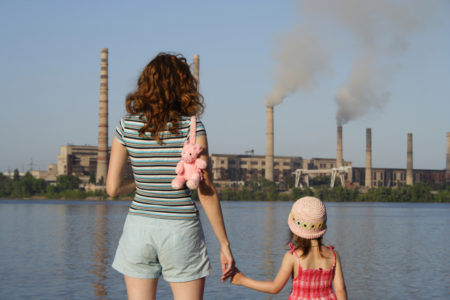
While it will take effort at a governmental level to change the current state of pollution in America, there are still steps you can take in your city or community!
One of the best way to protect children, mothers, and those who face health risks is to limit their exposure to toxins.
This is why the team at Salud America! can help you limit toxic exposure by ending smoking in multi-family housing through our Action Pack: “Help Your City Adopt Smoke-Free Multifamily Housing!”
The action pack will help you engage local leaders in exploring a smoke-free multifamily housing policy for common areas and individual units.
“Experts say a smoke-free multifamily housing policy can protect the health of tenants and staff of apartments from secondhand smoke, as well as save property owners money in unit maintenance, fire prevention, insurance, and reduced legal liability,” said Dr. Amelie G. Ramirez, action pack creator and director of the Salud America! Latino health equity program at UT Health San Antonio.
Explore More:
Air QualityBy The Numbers
24
percent
of Mexican American-nonsmokers are exposed to secondhand smoke

